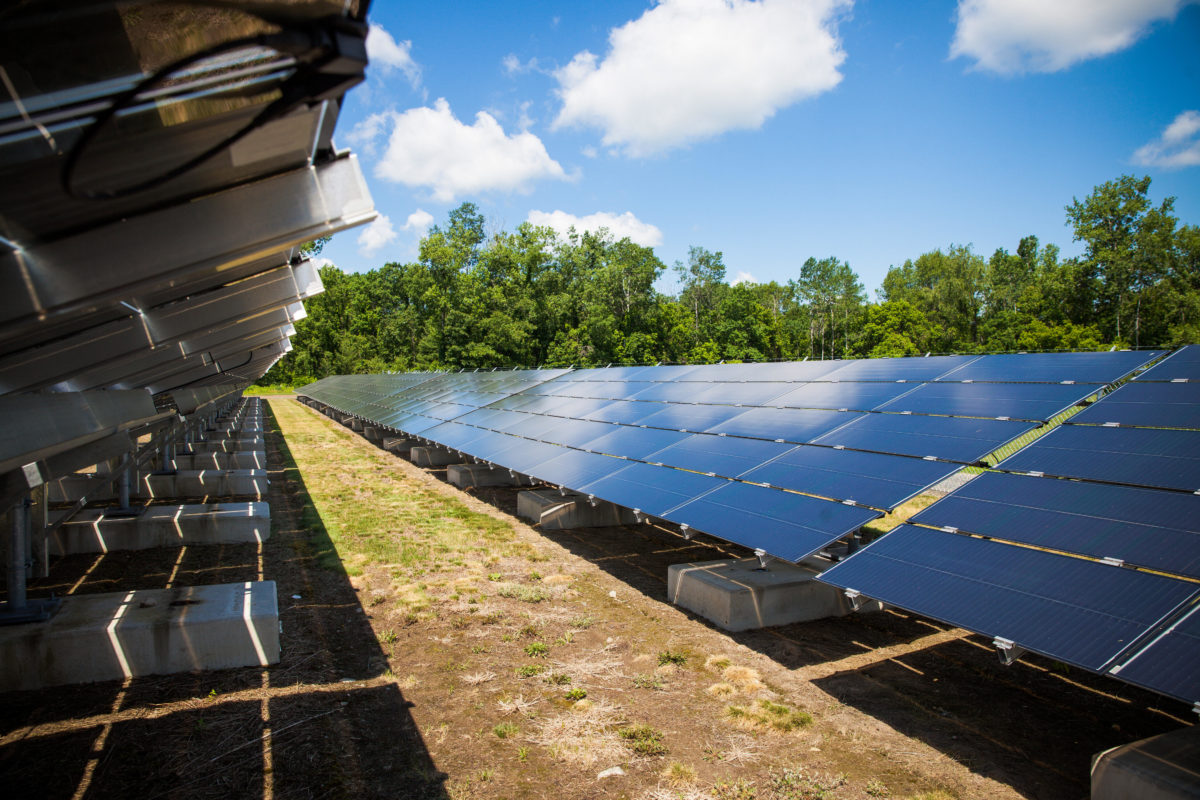
Every segment within the solar industry enjoyed growth. For example, the residential segment set another annual record of 6.8GWdc installed in 2023, growing by 13% over 2022. However, residential installations declined quarter-on-quarter and year-on-year in the fourth quarter of 2023 due to customers rushing to take advantage of more favourable net metering rules before the switch to net billing in April 2023. The surge in California offset declines in other states mostly due to interest rate increases.
The commercial solar segment also broke an annual record that has stood since 2017, with 1,851MWdc installed, growing by 19% over 2022. In Q4 2023, commercial solar grew by 71% quarter-on-quarter, driven mainly by a surge of NEM 2.0 installations in California. California accounted for 35% of the national installed capacity in 2023, with installations growing by 34% year-on-year. In addition to California, New Jersey, New York, Illinois and Massachusetts also drove growth in commercial solar. Non-traditional states such as Georgia and Texas were also attractive to many developers who wanted to build commercial solar projects due to low development costs, low building penetration and ample land.
Additionally, the continued easing of supply chain constraints and lower system costs supported the development of this sector throughout 2023.
The utility-scale segment in the US installed 22.5GWdc in 2023, representing 77% annual growth and nearly 10GWdc more than in 2022. In Q4 2023, more than 10GWdc of the utility-scale segment was installed. This growth reflected the market impact of supply chain constraints in 2022, as many of the projects completed in 2023 were delayed buildouts of 2022 pipelines.
Compared to residential, commercial and utility-scale solar, the community solar sector only had a 3% year-on-year increase, reaching 1,148MWdc last year. 2023 marked the third consecutive year national annual capacity exceeded 1GWdc.
The capacity increases in Maryland and New Jersey were impressive, with both states increasing by 169% and 608% year-on-year, respectively. Installations in New York state decreased slightly in 2023 compared to 2022, but annual additions in the state still comprised 45% of total national installations.
However, obstacles continued to exist in some mature markets. Installed capacity in Massachusetts, for example, declined by 2% from 2022 as developers continued to wait on siting, permitting, and interconnection reform.
Installations in 2024
Looking ahead, SEIA and Wood Mackenzie expected that in all segments combined, around 5GWdc more would be installed in 2024 than 2023, for a total of nearly 38GWdc. Commercial, community and utility-scale segments will grow by 19%, 15% and 26% respectively in 2024, thanks to the pipelines of late-stage and under-construction projects in each of these segments.
However, residential solar is expected to decline by 13% this year. SEIA and Wood Mackenzie said California’s shift to net billing will result in lower installation volumes in 2024. Additionally, the negative impacts of higher interest rates are expected to continue this year, lowering both sales and installations in other states.





